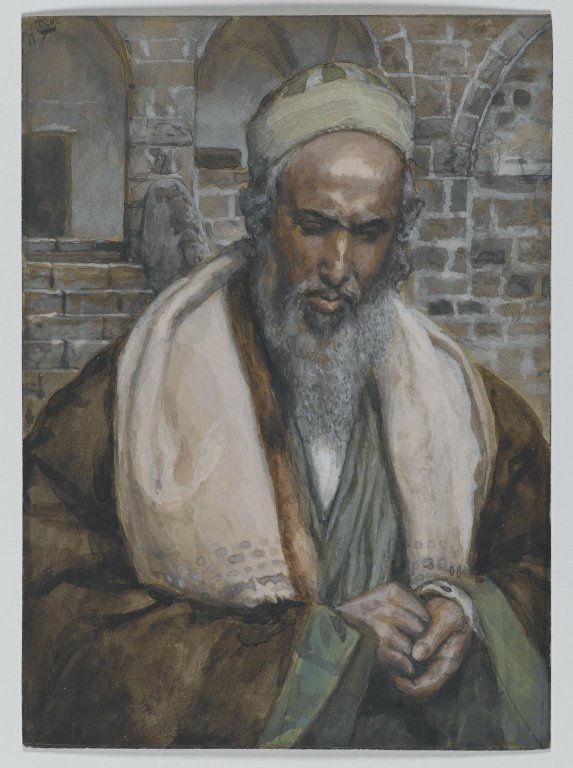A Four-Year-Old boy
scores a scintillating solo try
against the Queensland Legends.
Available on YouTube at

The following intervention was made by Dr. Anca-Maria Cernea, President of the Association of Catholic Doctors of Bucharest (Romania), at the Ordinary Synod on the Family on Friday.Your Holiness, Synod Fathers, Brothers and Sisters, I represent the Association of Catholic Doctors from Bucharest.I am from the Romanian Greek Catholic Church.My father was a Christian political leader, who was imprisoned by the communists for 17 years. My parents were engaged to marry, but their wedding took place 17 years later.

My mother waited all those years for my father, although she didn’t even know if he was still alive. They have been heroically faithful to God and to their engagement.Their example shows that God’s grace can overcome terrible social circumstances and material poverty.We, as Catholic doctors, defending life and family, [that is, actually doingsomething] can see this is, first of all, a spiritual battle.Material poverty and consumerism are not the primary cause of the family crisis. [BAM!]The primary cause of the sexual and cultural revolution is ideological. [BIF!]Our Lady of Fatima has said that Russia’s errors would spread all over the world. [Do I hear an “Amen!”?]

It was first done under a violent form, classical Marxism, by killing tens of millions.Now it’s being done mostly by cultural Marxism. There is continuity from Lenin’s sex revolution, through Gramsci and the Frankfurt school, to the current-day gay-rights and gender ideology. [Naming names, too!]Classical Marxism pretended to redesign society, through violent take-over of property.Now the revolution goes deeper; it pretends to redefine family, sex identity and human nature.This ideology calls itself progressive. But it is nothing else than the ancient serpent’s offer, for man to take control, to replace God, to arrange salvation here, in this world.It’s an error of religious nature, it’s Gnosticism. [KA-POW!]

It’s the task of the shepherds to recognize it, and warn the flock against this danger.[OORAH! Is that what the Synod Fathers are doing? I’m just asking.]“Seek ye therefore first the Kingdom of God, and His justice, and all these things shall be added unto you.”The Church’s mission is to save souls. Evil, in this world, comes from sin. Not from income disparity or “climate change”. [Do I hear an “Amen!”?]The solution is: Evangelization. Conversion.Not an ever increasing government control. Not a world government. These are nowadays the main agents imposing cultural Marxism to our nations, under the form of population control, reproductive health, gay rights, gender education, and so on.What the world needs nowadays is not limitation of freedom, but real freedom, liberation from sin. Salvation.

Our Church was suppressed by the soviet occupation. But none of our 12 bishops betrayed their communion with the Holy Father. Our Church survived thanks to our bishops’ determination and example in resisting prisons and terror. [I guess they were culture warriors.]Our bishops asked the community not to follow the world. Not to cooperate with the communists. [Can we hand the Synod over to this gal? Please?]Now we need Rome to tell the world: “Repent of your sins and turn to God for the Kingdom of Heaven is near”. [Is this what you are hearing from your pastors these days? Or are you getting a bunch of half-mumbled, mealy-mouthed temporizing?]Not only us, the Catholic laity, but also many Christian Orthodox are anxiously praying for this Synod. Because, as they say, if the Catholic Church gives in to the spirit of this world, it is going to be very difficult for all the other Christians to resist it. [THWACK!]











